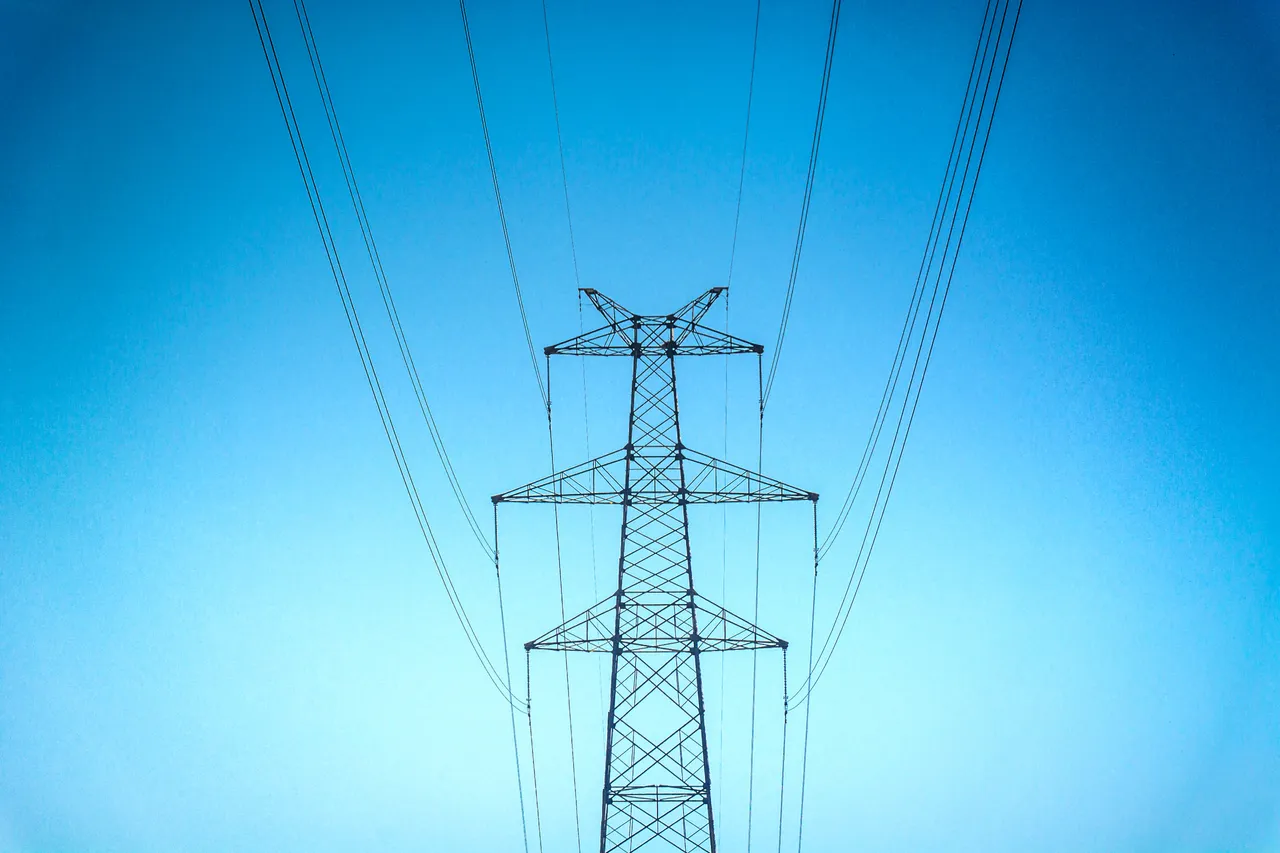
Electricity is a form of energy that is generated by the movement of charged particles, such as electrons or ions. It is a fundamental part of the way our modern world works, powering everything from lights and appliances in our homes to the computers and smartphones we use to communicate and access information.
At its most basic level, electricity is the flow of electrons through a conductor, such as a wire. When a conductor is connected to a source of electricity, such as a battery or a power plant, the electrons within the conductor begin to flow, creating an electric current. This flow of electrons can be harnessed and directed to perform a variety of tasks, such as powering a motor or lighting a light bulb.
There are many different ways to generate electricity, including:
- Electromagnetic induction: This is the principle behind most power generation, including power plants and generators. It involves using a magnetic field to induce a voltage in a coil of wire.
- Solar cells: These convert sunlight into electricity by using semiconducting materials that release electrons when struck by photons of light.
- Fuel cells: These convert chemical energy from fuels such as hydrogen or methanol into electricity.
- Nuclear reactions: These involve the splitting of atoms (fission) or the fusion of atoms (fusion) to release energy, which is then converted into electricity.
Once electricity is generated, it can be transmitted over long distances through high-voltage transmission lines to substations, where it is transformed into lower-voltage electricity that can be used by homes and businesses. It can also be stored in batteries or other devices for later use.
In essence, electricity is the flow of tiny charged particles called electrons, typically through wires or circuits. Imagine them like water trickling through a pipe. Their movement generates an electric current, powering things like lights, appliances, even our bodies.
Electricity is everywhere, unseen often, yet present in the crackling lightning, the hair-raising zap from a balloon, and the lifeblood of your phone.
We can categorize electricity into two major types:
- Static electricity: This is the buildup of charge on an object, often caused by friction like rubbing a balloon against your hair. Electrons shift between objects, leaving one positively charged and the other negatively.
- Current electricity: This is the controlled flow of charge through a conductor like a wire. This is the kind that keeps our homes buzzing.
This powerful force can be a boon or a bane. Respecting its power through safe practices like avoiding live wires and unplugging unused appliances is crucial.
Here's a glimpse of how we harness electricity's potential:
- Lighting up homes and businesses
- Fueling vehicles
- Illuminating our world
- Regulating temperature in our spaces
- Cooking our meals
- Breathing life into computers and gadgets
Electricity, an invisible thread woven into the fabric of our modern world, demands both appreciation and responsible use. Its potential is vast, so let's navigate it with care and reap its benefits wisely.
History of Electricity
The history of electricity is a captivating saga, unfolding over centuries like a grand experiment where curiosity ignited breakthroughs that transformed our world. While pinpointing a single "discovery" moment remains elusive, some key milestones illuminate the path:
Early Flickers (Ancient Times to 1700s):
- Ancient Egyptians (2750 BC): Hieroglyphs depicting "Thunderers of the Nile", electric fish, hint at early awareness of electrical phenomena.
- Thales of Miletus (6th century BC): This Greek philosopher observed static electricity, noting how rubbing amber attracted dust.
- William Gilbert (1600s): This English physician coined "electricity" from the Greek word for amber, "elektron," and significantly contributed to understanding magnetism and electric charge.
Unlocking the Secrets (1700s to 1800s):
- Benjamin Franklin (1752): His famed kite experiment during a thunderstorm demonstrated lightning's electric nature.
- Ewald Georg von Kleist (1745) and Pieter van Musschenbroek (1746): Independently, they invented the Leyden jar, the first capacitor, storing electrical charge and paving the way for further experimentation.
- Alessandro Volta (1800): The voltaic pile, the first true battery, provided a reliable source of continuous electric current, a major leap forward.
Harnessing the Power (1800s to Present):
- Hans Christian Ørsted and André-Marie Ampère (1819-1820): They discovered the link between electricity and magnetism, laying the foundation for electromagnetism.
- Michael Faraday (1821): He invented the electric motor, converting electrical energy into mechanical energy, revolutionizing industry and transportation.
- Thomas Edison (1879): His practical and long-lasting incandescent light bulb ushered in the era of widespread electric lighting.
- Nikola Tesla (late 1800s and early 1900s): His pioneering work on AC transmission systems laid the groundwork for modern power grids.
The Evolving Landscape:
Today, electricity continues to evolve. Renewable energy sources like solar and wind are on the rise, and advancements in battery technology push the boundaries of mobility and energy storage.
